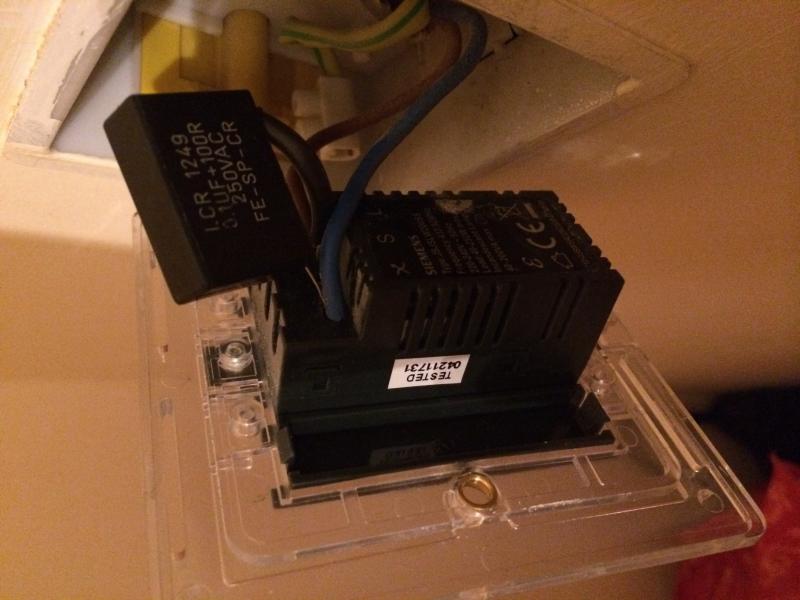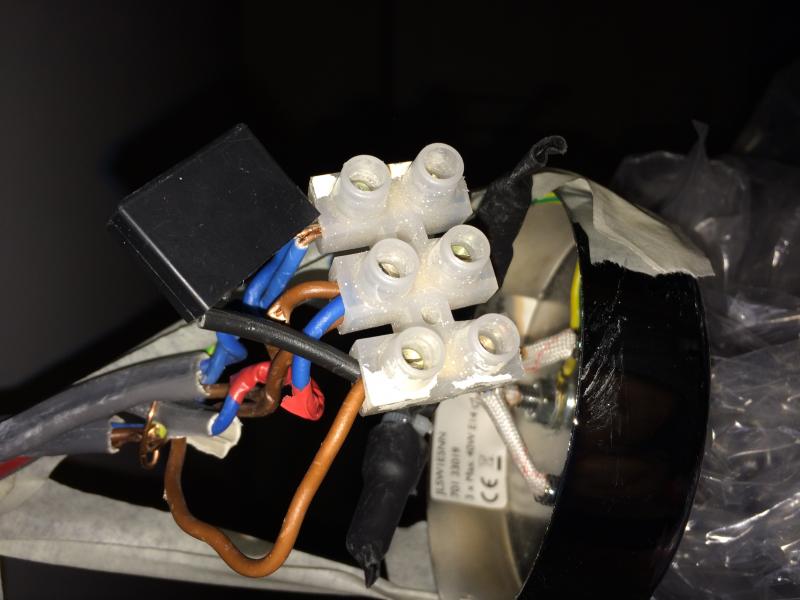Update: I've bought one of those capacitor things and have tried wiring them into the light fitting and the dimmer switch - both ways still cause it the lamps to be dimmed when switched off.
This is really frustrating me, does anyone have any further suggestions or ideas?
Pics posted below to show you guys incase I'm doing something wrong
This is really frustrating me, does anyone have any further suggestions or ideas?
Pics posted below to show you guys incase I'm doing something wrong




